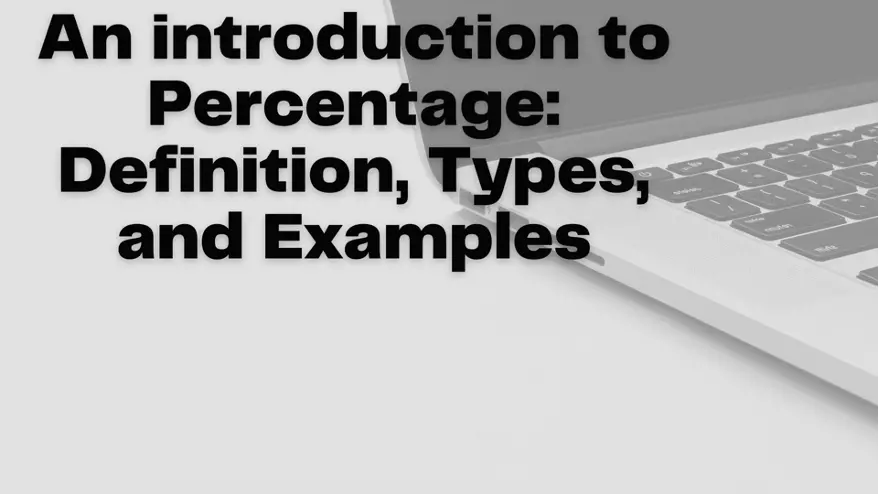Base64 Decode
Base64 decode
A free online tool to decode base64.Decode from Base64 format or encode into it with various advanced options.
A Look at the Base64 Decoder in Greater Detail
In the event that you have ever been curious in the Base64 encoding technique, you have arrived at the proper location. In this section, we will discuss the Base64 index table, the characters used in Base64, and how to decode it. As soon as you have a firm grasp of the fundamental principle, you will be able to read and decode your data with the help of the Base64 decoder. Let's take a more in-depth look at the Base64 decoder now, shall we?
Base64 encoding
Encoding systems that use the Base64 algorithm transform binary data into text messages. They are sequences of 24 bits apiece that represent data in the binary format. Four numbers with a length of six bits each can be used to represent a single Base64 sequence.
Files of any size may be sent quickly and easily because of the structure of this encoding method. If you are unfamiliar with Base64 encoding, the following explanation should clear things up for you. Continue reading to acquire further knowledge about this prevalent form of encoding.
The Base64 encoding table, in general, is used to transform binary data into text in ASCII format. This procedure is applied to the entirety of the binary string, and newline characters are inserted as necessary to ensure that each line has fewer than 76 characters.
Additionally, the integrity of the binary data that is being sent is maintained. Although online content is the most common use for this kind of encoding, its scope does not stop there. This particular encoding scheme, however, is not suitable for other forms of text, including HTML and CSS.
Table of indexes for Base64
The characters that are encoded in Base64 can be decoded using the base64 index table. Each six-bit sequence is divided into four different groups, and the last two bits of the sequence are enlarged into zeros. After that, a pad character is added at the end of the output.
The decoder makes use of this information in order to reconstruct the initial data from the Base64 alphabet, which comprises a total of 64 distinct characters. Because of this, the data that has been encoded using Base64 is extremely compressed.
Before you may decode a text file that has been encoded using this format, the file must first be encoded. The three letters and four six-bit sections that make up the Base64 input stream, one of which is a null byte, are separated from one another by a space.
The base64 decoder will next perform a conversion on each of these components based on the table. This operation will continue to repeat itself until there are no more character bytes to enter. The following illustration will show how the method described above is carried out.
A scheme for encoding binary data as text
Encoding communications that are based on content using the binary to text technique known as Base64 is common practice when doing so over the Internet. The Base64 encoding algorithm converts binary data into six-bit units, often known as "radix-64" characters.
These characters are frequently utilised for the transfer of material from one system to another. The resultant text is 33 percent more extensive than the original data because Base64 converts binary data into ASCII letters. Additionally, it does not let any adjustments to be made while the item is in transit.
The encoding method takes, an input stream of bytes with an eight-bit value. It is presumed that the most significant bits in the input stream come first. After that, the bytes are joined together into groups of six bits, and then each of those groups is indexed into an array containing 64 readable characters.
After that, each character that was generated is output. You may get a free online converter for Base64 encoding in a variety of venues. One such resource is the internet.
characters that can be broken out of their code
The task of transforming a stream of Base64 characters into their MIME-formatted equivalent is the responsibility of the decoder. The input stream must comprise lines with a maximum length of 76 characters each in order for these characters to be decoded. Any characters that are not listed in Table 1 will be disregarded.
If any of these characters are found in a message, it indicates that there was a problem with the message's transmission. In such a scenario, the sending of a denial message with a warning is acceptable.
Decoding a string that has been encoded in Base64 may be done in a few different ways. In the first phase of the decoding process, the first thing the decoder has to do is extract the first four characters, and then it has to do a reverse search on the values.
In the second phase of the process, it is necessary to verify that the third and fourth bytes do not share an identical value with the padding byte. When performed all at once, the final step of decoding a text that has been encoded using the Base64 algorithm will provide the value "S."
 English
English
 Bahasa Indonesia
Bahasa Indonesia
 Português
Português









